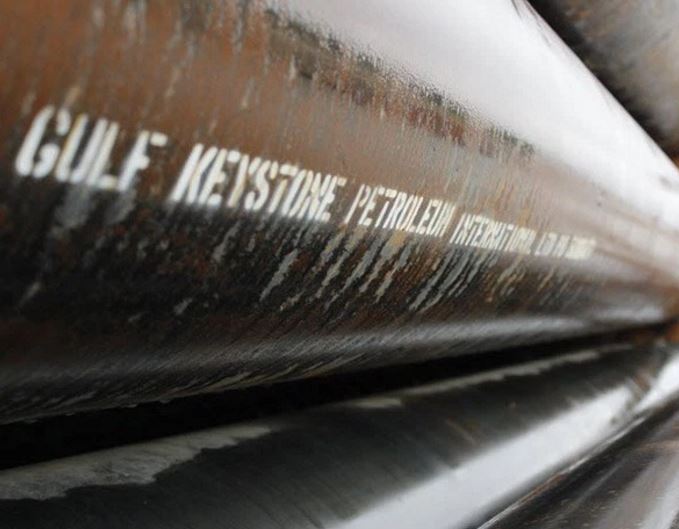On the occasion of Celebrating the Work of Andrew Hopkins, FutureMedia wishes to acknowledge the influence and changes brought to its business through its collaboration with Professor Hopkins.
FutureMedia’s initial contact with Professor Hopkins was at the Australian National University where he offered a course on “The Sociology of Disasters”. We provided a number of video case studies from the BBC Disaster Series to be used in the course. Quite ahead of its time, Andrew secured an intranet licence for delivery of the content to students, the first BBC title to be so licenced.
Following his appearance at the Royal Commission into the Exxon explosion at Longford, Andrew wrote the book Lessons from Longford. This lead to our first collaboration with Andrew and the development of the DVD based training package- Preventing Disaster: Learning from Longford.
Andrew’s next book Safety Culture and Risk received high recognition and captured a wide audience.
“Andrew Hopkins is a consummate storyteller as well as being an internationally known expert on the breakdown of hazardous socio-technical systems. I believe that only stories such as are told here can capture the subtle influences of organisational culture and embrace the complex interactions between causes and conditions.” Professor James Reason
FutureMedia then commenced distribution of the books as a world-wide reseller.
Following on from increasing requests for Professor Hopkins from organisations, FutureMedia was appointed to represent his speaking engagements exclusively. This led to extensive travel by Andrew and added a new dimension to the FutureMedia business.
Growing interest in safety culture led to collaboration in the development of the Creating a Mindful Organisation DVD package. The case study illustrating safety culture was based on his next book- Lessons from Gretley. This program is used worldwide and has been versioned into ten languages.
The unfortunate incident at BP Texas City in 2005 resulted in Andrew being contracted to the US Chemical Board to instruct the staff investigators. Following the publication of the book Failure to Learn- the BP Texas City Disaster we developed with Andrew a two part DVD training program- Mindful Leadership- with Reference to BP Texas City and Mindful Leadership- Communication Skills.
In 2009 the next book Learning from High Reliability Organisations led to further worldwide book sales.
The US Chemical Board again contracted Andrew following the Gulf of Mexico incident.
The book Disastrous Decisions: the Human and Organisational Causes of the Gulf of Mexico Blowout received an overwhelming response with more than 4,000 copies shipped worldwide. Again, this lead to the development of training packages- Macondo Blowout and The Falling Dominos of Macondo. The package is being translated into Russian, German and Swedish.
The 2014 publication Nightmare Pipeline Failures: Fantasy Planning, Black Swan and Integrity Management (co-author Jan Hayes) is yet another book currently being marketed internationally.
FutureMedia released SafetyTalks in 2014. SafetyTalks incorporates all the learning from the different DVD packages developed with Professor Hopkins. This is a training package of succinct, content-rich ‘safety moment’ sessions comprising short videos each focusing on a different topic, in which Professor Hopkins discusses important concepts that support a wide range of safety training initiatives.
In summary, through its association with Professor Hopkins, the business of FutureMedia has assumed new dimensions. From a business dealing mostly with Personal Safety nationally, it has now morphed to focus on Process Safety with major clients worldwide. It has provided Process Training content and courses (now in many languages) around the world. The complete realignment of FutureMedia could only have happened due to the work of Andrew Hopkins.
“Professor Hopkins is a major national asset. His work on the causes of major accidents has made him internationally known- an element of our national capacity to internationally “punch above our weight””. Kim Beazley, Chancellor, Australian National University.
What led Andrew Hopkins to write?
Andrew’s presentations worldwide included the following companies: ABB, Abu Dhabi Gas , Anglo American , BC Hydro , BP , Centrica , Conoco Phillips , Corus , DNV Energy, Dow Corning , Gasco , Husky Energy , National Energy Board of Canada, Petrofac , Qatar Gas , Ras Gas , Shell , Statoil , Total , Wood Group, Worley Parsons , Xstrata Coal.
Presentations have been conducted in thefollowing countries: Australia, Belgium, Brunei¸ Brazil , Canada , Hong Kong , India , Malaysia , Netherlands , New Zealand , Nigeria , Norway , Oman , Qatar , Singapore , UK , United Arab Emirates , USA.


















